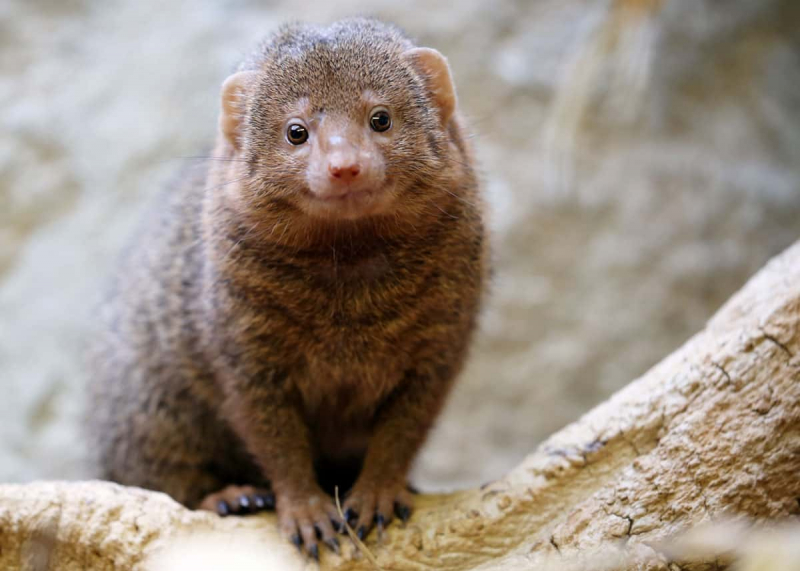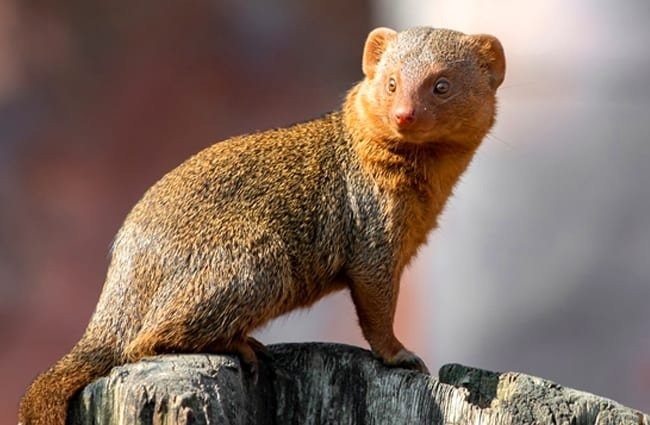Mongooses
The Herpestidae family of tiny terrestrial carnivorous mammals includes the mongoose. The Herpestinae and the Mungotinae are the two subfamilies that make up this family today. The Mungotinae consists of 11 species native to Africa, while the Serpentine consists of 23 extant species belonging to Southern Europe, Africa, and Asia.
Mongooses have long bodies and faces, short legs, and long, tapering tails. They also have small, rounded ears. The majority have grizzly or brindled coats, although a few have intensely marked coats that resemble mustelids in appearance. They mostly use their non-retractile claws for digging. Excluding the tail, their head-to-body lengths range from 24 to 58 cm (9.4 to 22.8 in). They weigh from 320 g (11 oz) and 5 kg (11 lb).
These tiny creatures are ferocious predators that are frequently observed eating lizards. Crabs, snakes, insects, small birds, rodents, and lizards make up the majority of their diet. Although lizards are well renowned for their ability to kill poisonous snakes, they can also serve as an easy source of food if necessary.








